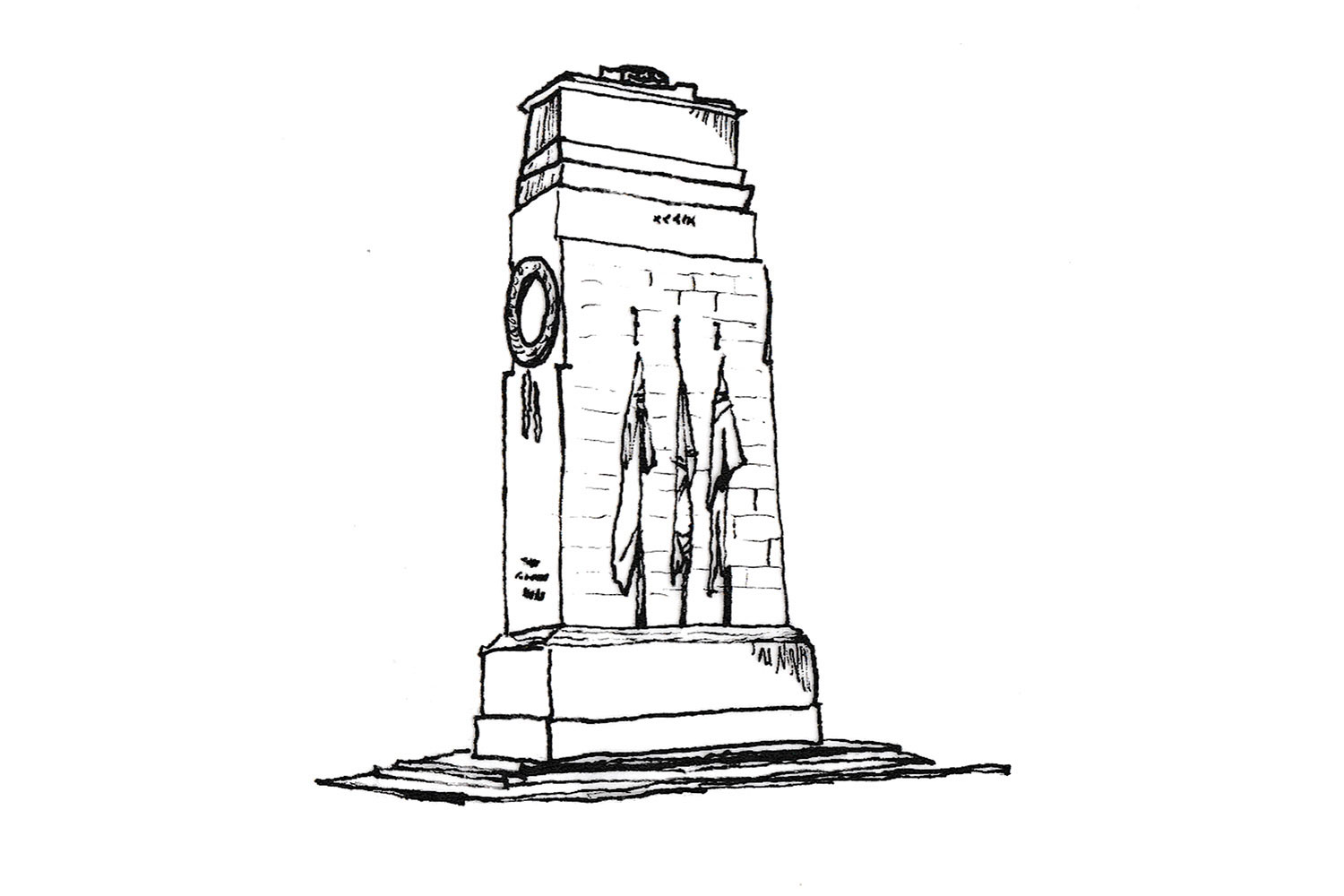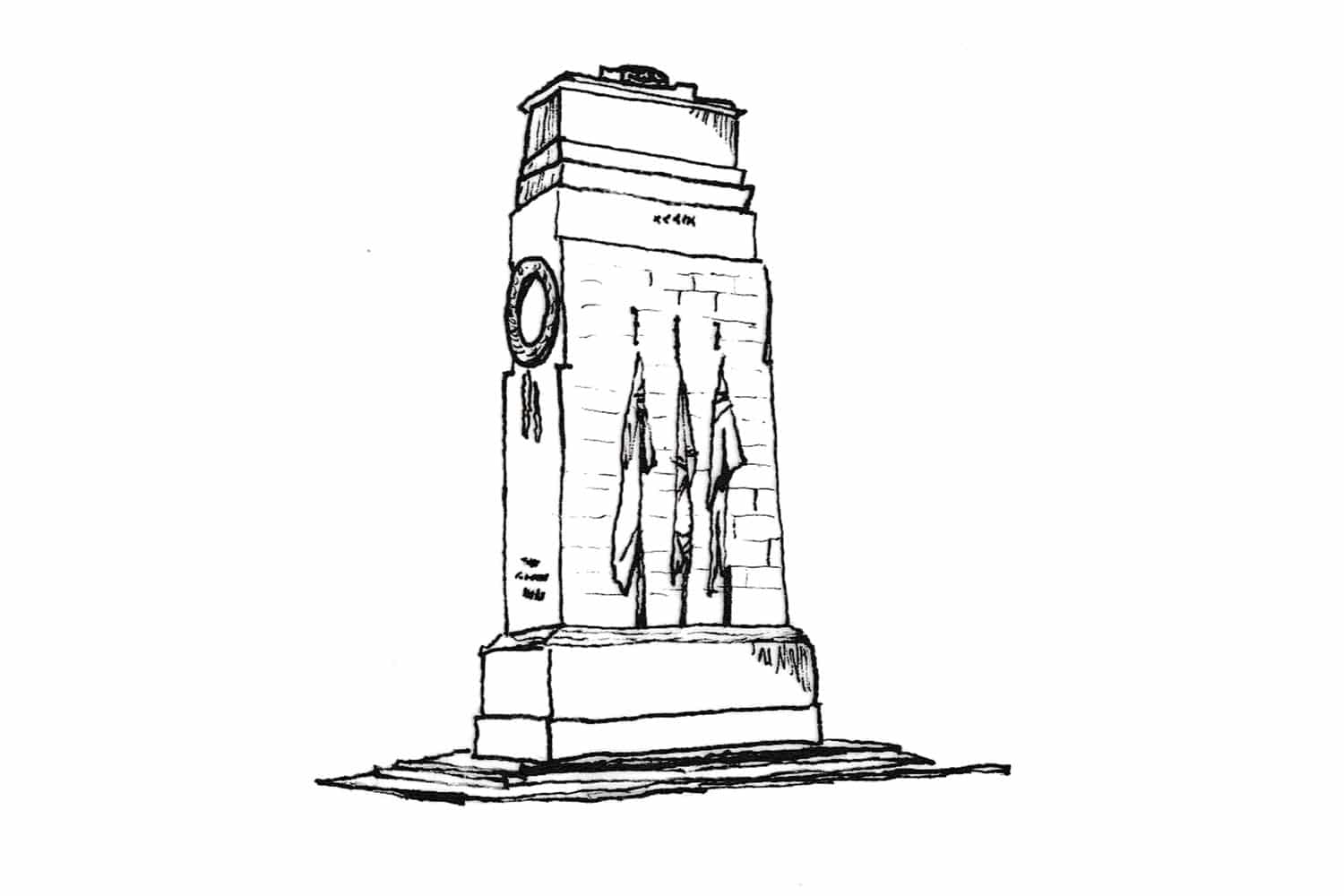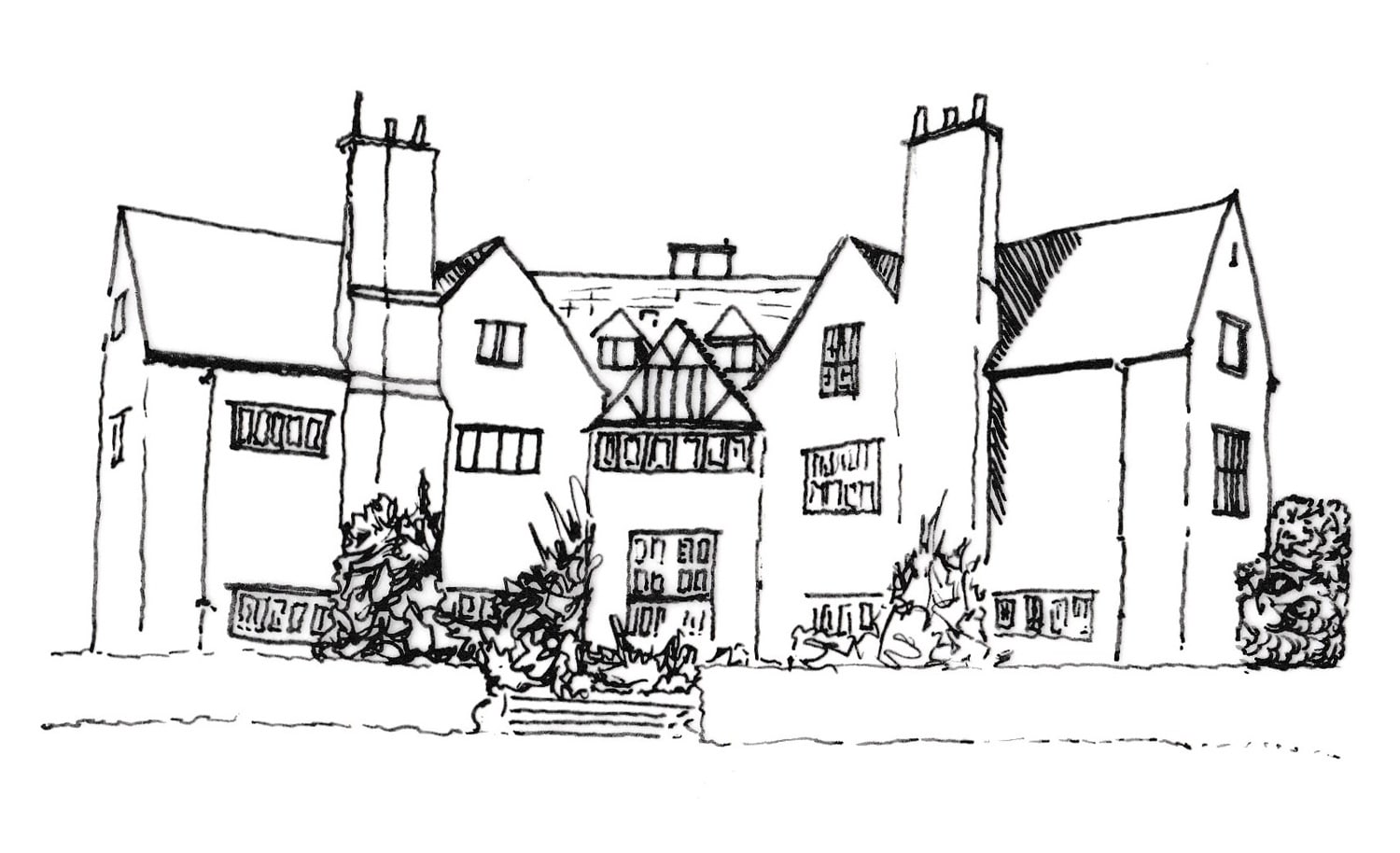
Description
According to IWGC records, the design of this cemetery is attributed to the architect Holden, with Cowlishaw as his assistant. However, garden architect Gertrude Jekyll’s archives are known to contain a Lutyens’ design of October 1917, which is a perfect likeness of this cemetery as it was eventually realized. In addition, the shelters are exactly like those in a number of cemeteries by Lutyens and Goldsmith, such as Achiet-le-Grand Communal Cemetery & Extension, Bagneux British Cemetery, Albert Communal Cemetery Extension and Douchy-les-Ayette British Cemetery. The executive drawings in the archives of the CWGC are signed by Lutyens’ assistant Goldsmith.The cemetery was constructed for the use of Casualty Clearing Stations in June 1916, and was used until June 1917, when ten plots had been filled. It was not until June 1918 that the cemetery was put into use once again and it was extended with graves from smaller cemeteries in the area after the Armistice. By the time Lutyens arrived in France in July 1917, the cemetery had been largely completed. In con- sequence, the graves were oriented toward the east, as was customary even then, and Lutyens adopted this principle. In fact, in a letter to his wife in July 1917, he makes reference to the direction of the bodies in the graves ‘that are buried facing the enemy’. By placing the stone on the east side, Lutyens put the military meaning in a religious context.
The original design of the cemetery corresponds with the present situation, which is elongated with a central path and has all graves facing east. The difference between the design and the cemetery as it was eventually realized is in the style of the entrance buildings and the site of the entrance, which was situated near the building that was the furthest removed from the road in the original plans, with a winding path among the greenery leading between two cypresses. The two classicistic buildings have been replaced by two pergolas grown over with wisteria, in a more rustic arts and crafts style. On the long sides, no pillar-shaped beeches were as yet sketched in as part of the greenery that had been commented upon by Jekyll. On the draft there was no Cross of Sacrifice at the end of the cemetery, because Sir Frederic Kenyon’s compromise proposal to install the Cross of Sacrifice as well as the War Stone in cemeteries had not yet come up for consideration in 1917.
The design had no trees planted longitudinally along the sides. In fact there were rows of four trees across the field in three places, in order to break the length of the cemetery. The same held for the roses, which were sketched in groups between the graves on the draft. Instead of the Cross of Sacrifice, two pillar-shaped oaks had been planned to close off the space at the end. On the draughts, the trees, Lombardy poplars, were placed along the long sides in seven pairs. The current situation displays four pillar-shaped beeches on the long side. Five red-brown cherry plums close off the cemetery behind the Cross of Sacrifice. (Geurst, 2010, pp.436-7)
Bibliography
Geurst, J. (2010) Cemeteries of the Great War by Sir Edwin Lutyens. Rotterdam: 010 Publishers.Also Cited In
Listing Grade
Coming soonListing Reference
Client
Imperial War Graves Commission


